
OUP CORRECTED PROOF FINAL, 31/3/2018, SPiT H E O X F O R D H I S T O R Y O F P H I L O S O P H YThe Golden Age of Indian Buddhist Philosophy
OUP CORRECTED PROOF FINAL, 31/3/2018, SPiT H E O X F O R D H I S T O R Y O F P H I L O S O P H YFrench Philosophy, 15721675Desmond M. ClarkeThe Lost Age of Reason: Philosophy in Early Modern India 14501700Jonardon GaneriAmerican Philosophy before PragmatismRussell B. GoodmanThinking the Impossible: French Philosophy since 1960Gary GuttingBritish Ethical Theorists from Sidgwick to EwingThomas HurkaBritish Philosophy in the Seventeenth CenturySarah HuttonThe American PragmatistsCheryl Misak
OUP CORRECTED PROOF FINAL, 31/3/2018, SPiThe Golden Ageof Indian BuddhistPhilosophyJan Westerhoff1
OUP CORRECTED PROOF FINAL, 31/3/2018, SPi3Great Clarendon Street, Oxford, OX2 6DP,United KingdomOxford University Press is a department of the University of Oxford.It furthers the Universitys objective of excellence in research, scholarship,and education by publishing worldwide. Oxford is a registered trade mark ofOxford University Press in the UK and in certain other countriesJan Westerhoff 2018The moral rights of the author have been assertedFirst Edition published in 2018Impression: 1All rights reserved. No part of this publication may be reproduced, stored ina retrieval system, or transmitted, in any form or by any means, without theprior permission in writing of Oxford University Press, or as expressly permittedby law, by licence or under terms agreed with the appropriate reprographicsrights organization. Enquiries concerning reproduction outside the scope of theabove should be sent to the Rights Department, Oxford University Press, at theaddress aboveYou must not circulate this work in any other formand you must impose this same condition on any acquirerPublished in the United States of America by Oxford University Press198 Madison Avenue, New York, NY 10016, United States of AmericaBritish Library Cataloguing in Publication DataData availableLibrary of Congress Control Number: 2017958149ISBN 9780198732662Printed and bound byCPI Group (UK) Ltd, Croydon, CR0 4YYLinks to third party websites are provided by Oxford in good faith andfor information only. Oxford disclaims any responsibility for the materialscontained in any third party website referenced in this work.
 OUP CORRECTED PROOF FINAL, 31/3/2018, SPi
OUP CORRECTED PROOF FINAL, 31/3/2018, SPiIn the world and world-transcendent,Beyond the Wisdom Gone Beyond,In ten-perfected form resplendent,Wisdom-goddess, praise to you!(From a hymn to the Perfectionof Wisdom, Pandey 1994: 125)
OUP CORRECTED PROOF FINAL, 31/3/2018, SPi
OUP CORRECTED PROOF FINAL, 31/3/2018, SPiAcknowledgementsI would like to express my gratitude to my teachers, colleagues, and friends,from whom I have learned much about the history of Indian Buddhist thought,in particular to David Seyfort Ruegg, Jay Garfield, Mattia Salvini, Dan Arnold,Jonathan Gold, Jonardon Ganeri, Tom Tillemans, Greg Seton, and ParimalPatil. Special thanks are due to the Buddhist Studies Research Seminar atKings College London, where some of the material was presented, and toMark Siderits, who provided me with detailed comments on the fourth chapter.Their comments have helped me greatly in improving this book; whileI cannot claim that the remaining mistakes are completely original, they are,however, wholly my own work.Finally, I would like to thank my wife Yuka Kobayashi and our daughterSophie for their support and patience while I was writing this book.
OUP CORRECTED PROOF FINAL, 31/3/2018, SPi
OUP CORRECTED PROOF FINAL, 31/3/2018, SPiContentsxiiixxiii112467891111131521243535373839414345495360738484899999101104
OUP CORRECTED PROOF FINAL, 31/3/2018, SPixCONTENTS107107115117120121123131139142147147148
:150154160161161164166168168179182184186186193193193194200212
:217217220225231235238238247
OUP CORRECTED PROOF FINAL, 19/4/2018, SPiCONTENTSxi
:250259261263267270271276282287308
OUP CORRECTED PROOF FINAL, 31/3/2018, SPi
OUP CORRECTED PROOF FINAL, 31/3/2018, SPi11The wheel: metaphor for the Buddhist doctrineBuddhist thought in India:permanence and change2The game as a heuristic device for understanding philosophyFour factorsshaping a gameNarrating the game Sources the narration is basedonFoundational texts and commentaries Philosophical debates inancient IndiaDoxographical works The games view of the game4Histories of Buddhist philosophy as partial picturesPeriod covered:Abhidharma up to Dharmakrti Social, economic, political factors6Arguments as driving the history of philosophyDevelopment of Buddhistphilosophy: three stagesDebates with non-Buddhist schools7Interpretable/definite distinction as source of variation in Buddhistphilosophy8The need to classify meditative experiencesThree factors as gravitationalforcesExaptation of philosophical concepts9Challenges in structuring a history of Indian philosophyA hybridstructureFour schools Buddhistnon-Buddhist debates KeythinkersKey texts Key concepts1111Early discourses and Mahyna stras The original teachings of theBuddhaDifferent ways of construingoriginal teachings Frameworks of philosophical activity:debates, commentaries, doxographies13Public debatesDebate manuals Nyya: three kinds ofdebateInfluence on philosophical works Debate andVasubandhus Vi
:mik Texts as responses to philosophical rivals15Characteristics of a stra Different types of commentaries vivara
:nabh
:sya vrttika krik Buddhist commentaries Buddhistkriks and their auto-commentaries Commentarial practice andauthorial intentConflicting commentarial interpretations Sterilityand arbitrariness?The texts true intent? Example of theAbhidharmakoa Commentary as connecting past andpresentCommentarial activity as a creative enterprise Buddhistphilosophy as a commentary on the stras
OUP CORRECTED PROOF FINAL, 31/3/2018, SPixivANALYTICAL TABLE OF CONTENTS21List of objections vs. doxographiesBuddhist interest indoxographyEstablishing uniqueness Anti-substantialism Typesof doxographiesa. Defender and interlocutors b. Exposition andrefutationc. Non-hierarchical presentation Example of b:Bhviveka Doxographic hierarchy Example of c:HaribhadraDoxography and soteriology24Conflicting assumptions about the existence of the past Maximof charityNgrjunas lifespan The Nland tradition theway it really was Canon formation 4 criteria for authenticityHistorical and hermeneutic understanding of buddhavacanaBuddhistphilosophy and the existence of the past1. Presentism The past as aconceptual superimposition2. Absence of a common perception of theworldPerception depends on karmic conditioning 3. Trans-historicalactivitiesMystical manifestations of teachers 4. History asteachingExamples from Tibetan authors Accounting for differentversions of the same eventsAvoidance of relativism Tension betweencharity and naturalismBracketing naturalist assumptions Soteriologicalpurpose of histories of BuddhismExistence of the past as a theoretical posit3535Abhidharma: the 3rd basketSystematizing the stras Theterm abhidharma Motives for composing the Abhidharma37Matrices as mnemonic devicesMatrices as maps ofmeditative statesMatrices and oral culture38Q&A and debateQ&A as an aid to understanding39Analysis as an end in itself ?The Buddhas omniscience Abhidharmaas representing the Buddhas omniscient mind View of the supernaturalstatus of the Buddha & its consequencesMotives for composing theAbhidharma & three factors41Why is the Abhidharma buddhavacana?Strategies forestablishing authenticitySupernatural origin of the Abhidharma43The 18 schoolsFive Abhidharma schools discussed here Reasonsfor the divisionDivision at the second council Monastic rulesNature of the arhat45Limitations of the arhatConsequences of thisideaThe omniscient Buddha The Buddha assupramundaneThe illusory Buddha Two kinds ofemptinessMahsa
Next page

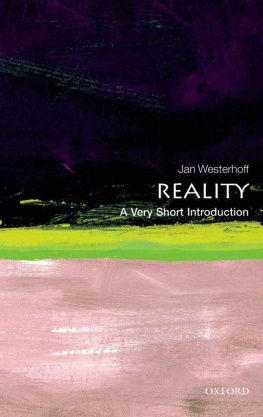
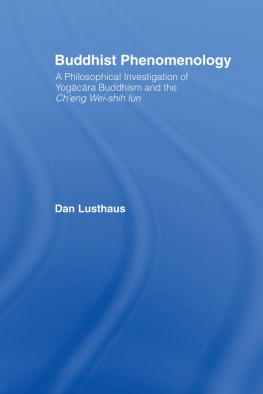
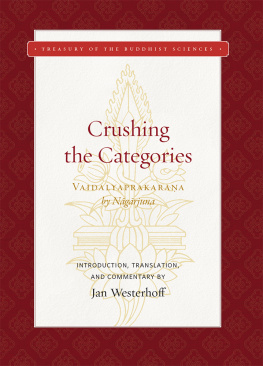
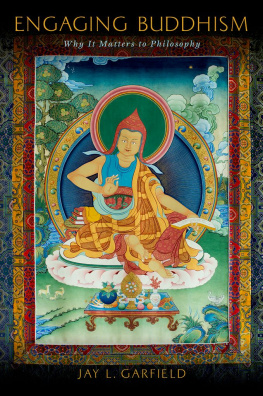
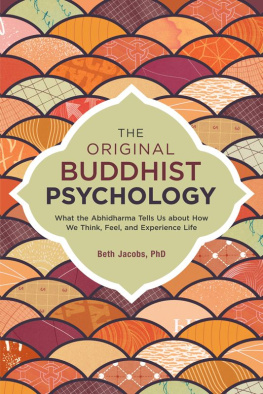
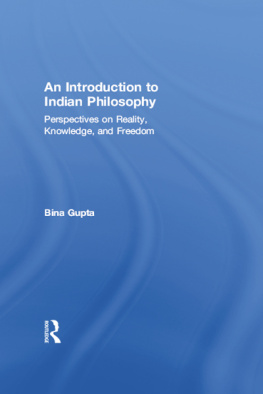
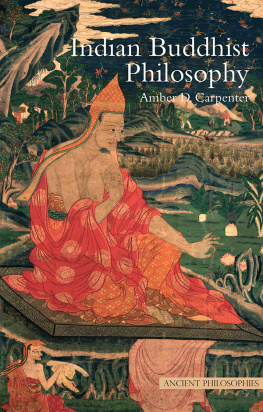
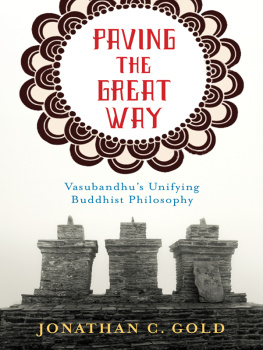
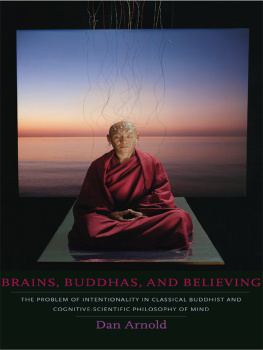

 OUP CORRECTED PROOF FINAL, 31/3/2018, SPiIn the world and world-transcendent,Beyond the Wisdom Gone Beyond,In ten-perfected form resplendent,Wisdom-goddess, praise to you!(From a hymn to the Perfectionof Wisdom, Pandey 1994: 125)
OUP CORRECTED PROOF FINAL, 31/3/2018, SPiIn the world and world-transcendent,Beyond the Wisdom Gone Beyond,In ten-perfected form resplendent,Wisdom-goddess, praise to you!(From a hymn to the Perfectionof Wisdom, Pandey 1994: 125)